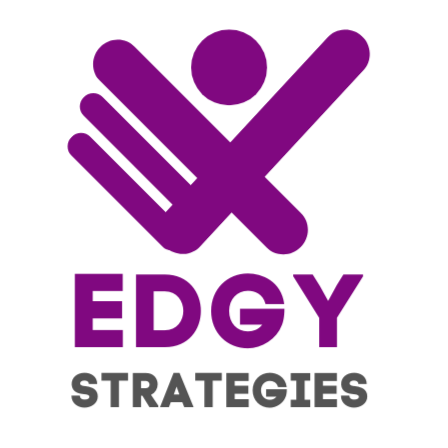Reinvent at the Peak: The Forgotten S-Curve of Strategy
Every curve peaks. Future Fit executives don’t wait for decline—they launch the next S-Curve at the height of success, before yellow flags turn red.
The Universal Pattern We Forget
Every life cycle rises, peaks, and falls. It’s true in:
Life: Skills that once propelled you eventually plateau.
Relationships: Without renewal, connection stagnates.
Sports: Championship rosters must be refreshed.
Business: Even the strongest products lose relevance.
Decline isn’t a possibility; it’s built into the curve itself.
Yet in boardrooms, leaders still behave as if their cash cows will keep milking forever.
The only way to avoid decline is to reinvent—by launching a new S-Curve before the old one collapses.
The Timing Paradox: Reinvent at the Peak
Most organizations wait until red flags scream decline:
* Falling margins
* Customer churn
* Eroding talent.
By then, reinvention is reactive, expensive, and credibility is weakened.
But reinventing too early isn’t ideal either.
The art lies in spotting yellow flags: slowing growth despite higher investment, rising customer expectations, or new entrants gaining ground.
The right time to launch the next curve is at the peak—when momentum, credibility, and resources are strongest.
Microsoft began shifting to Azure while Office was still dominant.
Apple launched the iPhone while the iPod was still a bestseller.
Both moves looked premature to skeptics—but they extended dominance for another decade.
The New Reality: Shrinking Business Cycles
In the industrial era, business cycles stretched 50–70 years. Executives could ride a curve for decades before reinvention was urgent.
Not anymore. Today’s cycles are measured in single-digit years.
Netflix buried Blockbuster in less than 10 years.
Tesla rewrote auto industry rules while incumbents hesitated.
ChatGPT reached 100 million users in two months, shaking entire sectors.
Technology, AI, climate pressures, and shifting demographics mean what once gave leaders 30 years may now give them three to 10 years.
Reinvention is no longer a project. It must be a strategic discipline embedded into the business model.
Why Executive Teams Miss the Yellow Flags
If the logic is clear, why do leadership teams still miss their window? Four traps:
Comfort in success – “We’re still profitable” becomes the costliest phrase in business.
Echo chambers – Insiders celebrate past wins while blind to external shifts.
Short-termism – Quarterly earnings trump long-term trajectory.
Fear of cannibalization – Executives hesitate to disrupt profitable cores.
Kodak, Blockbuster, and Nokia weren’t blindsided by disruption. Their own success paralyzed them.
Reinvention as a Strategic Discipline
Winning organizations don’t treat reinvention as an emergency project.
Future Fit executives institutionalize it. They:
Scan constantly for early signals.
Allocate resources to bold bets.
Reward exploration alongside efficiency.
Three truths guide them:
Reinvention must start at the peak.
Yellow flags matter more than red ones.
Cycles are shorter than ever, demanding agility.
In my work with executive teams, the S-Curve often becomes one of their favorite tools.
It transforms vague discussions about the future into decisive action and creates a shared language for timing reinvention.
But the S-Curve is just the starting point. To stay Future Fit, executive teams need modern strategic planning tools—without them, reinventing is guesswork.
Quick-Win Playbook: Spotting the Next Curve
At your next executive offsite, ask three questions:
Where on the S-Curve is each of our core businesses today?
What yellow flags suggest our growth may plateau?
What bold bets are we making to launch the next curve before decline hits?
The Executive Team’s Call to Action
Business cycles are too short for complacency. Reinvention must be institutionalized, not improvised.
The leaders who thrive don’t wait for red flags to force a turnaround.
They launch the next curve at the peak of success. That is the essence of being Future Fit—integrating reinvention into the very rhythm of planning, investing, and leading.
Reflection Question:
Where is your executive team on the S-curve today—and are you already planting the seeds for your next growth cycle?
Cindy Montgenie, a former Fortune 50 executive and Managing Partner at Edgy Strategies, a strategic advisory and leadership development firm, helps executives racing against disruption eliminate the false choice between quarterly performance and transformation execution.
Her F.I.T Ecosystem™ framework, built for disruption and deployed through strategic partnerships with senior leaders, drives measurable transformation across organizations.
Trilingual keynote speaker (English, Spanish, French) on reinvention, future-fit leadership, change management and sustainable high performance in the AI era.
Host: The Future Fit Edge podcast | edgystrategies.com
